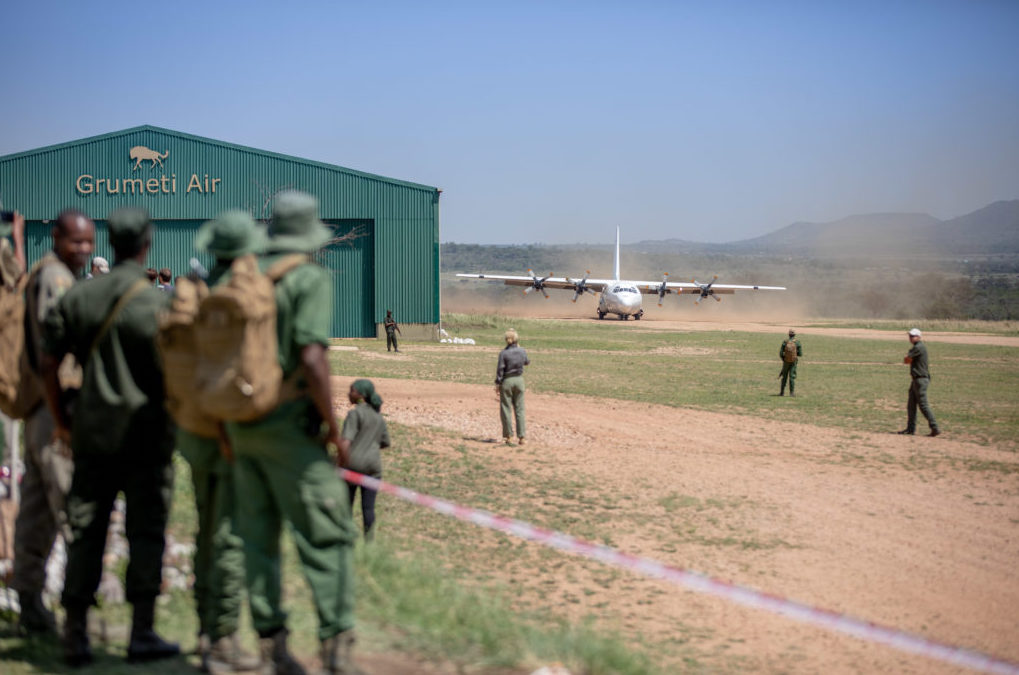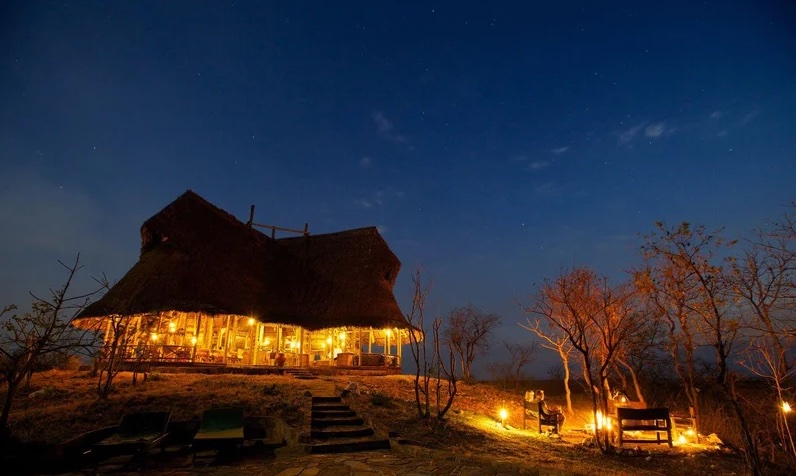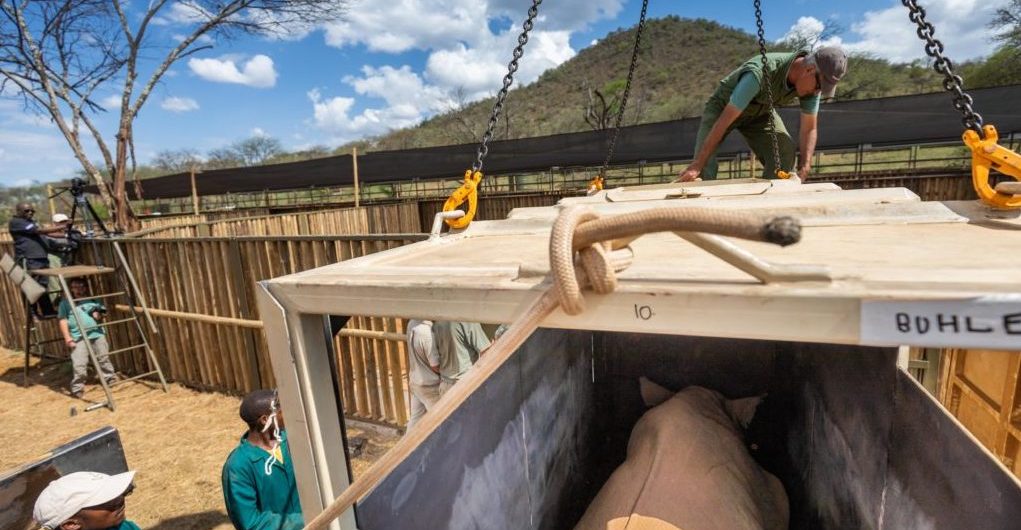Mikumi National Park is the fourth-largest park in Tanzania, and although it is not as big as the Serengeti, it is a top destination for tourists visiting Tanzania. Located between Lumango Go and Uluguru Mountains in Morogoro, Mikumi is a gem for tourists who wish to see the different wildlife but have limited time while in the country. Mikumi National Park is 107 kilometers from Morogoro and 288 kilometers from Dar es Salaam, making it an easily accessible area for tourists visiting the Southern Tanzania Safari Circuit.
Mikumi is one of the national parks that is managed by Tanzania National Parks (TANAPA), an organization that manages about 22 other national parks. TANAPA plans on reintroducing black rhinos to Mikumi National Park after they became extinct in the 1980s due to constant poaching. The reintroduction of the black rhinos to the national park is intended to attract more tourists to the southern circuit, thereby boosting tourism in the area.
Rhinos, specifically the last rhino, were last spotted in Mikumi almost three decades ago, making it the only wildlife species among the big five that is not found in the national park (the other big five include lions, buffalos, leopards, and elephants).
Surveys have been carried out to find out whether the environment and food found in Mikumi can facilitate the rhinos that are to be transferred from South Africa to Mikumi National Park. This is not the first time that rhinos have been transferred from South Africa because Serengeti also received five black rhinos in 2019. With the reintroduction of the black rhino, there will be an increase in revenue for the government and a bonus for the ecosystem since each animal’s presence in the national park positively impacts the environment.
The Black Rhinos are the only missing member of the Big Five. Other African Big 5 members can be spotted in Mikumi National Park although the leopard is very rare.
Why visit Mikumi National Park?
Mikumi National Park is one of the least visited national parks in Tanzania as compared to the ones found in the Northern Circuit, but the reason why you should visit is because of the fewer crowds here unlike Serengeti even during the peak season, you get to see over 400 bird species that are best seen during the wet season, wildlife species including the big four: leopards, lions, elephants, and buffalos (there are currently no rhinos). The national park is close to Nyerere National Park the former Selous Game Reserve, now known as Nyerere National Park; the elephants in Mikumi are also smaller than other African elephants and have shorter tusks; and it is easy to get to the national park.
Entrance fees to Mikumi National Park
The park entrance fees are set by TANAPA and can change at any time. There is always communication when the fees change.
| 0 – 5 years old | 5 – 15 years old | Adults | |
| Non-residents | Free of charge | USD 15 + 18% VAT | USD 30 + 18% VAT |
| Residents | Free of charge | USD 10 + 18% VAT | USD 15 + 18% VAT |
| EAC Citizens | Free of charge | TSH 2,000 + 18% VAT | TSH 5,000 + 18% VAT |
Things to do in Mikumi National Park

Game drives: best carried out during the dry season, two game drives are offered per day, the first one in the morning and the second one late in the afternoon. A 4×4 safari vehicle is used for the drives with a professional guide, and this is the best opportunity to see the wildlife species found in the National Park, including spotted hyenas, elephants, elands, buffalos, giraffes, wildebeests, lions, zebras, hippos, and kudus, among others.
Night Game Drives: The night game drives in Mikumi National Park usually start around 8:00 p.m. after dinner and are carried out in the presence of an armed ranger and driver guide. Put on some warm clothes, and with a spotlight on the Safari vehicle, you will be ready to spot the different nocturnal wildlife, including hyenas, hippos, lions, and leopards, among others. Some of the rules that you need to follow while enjoying the night drives are to keep noise levels low or to make no noise at all since it scares the animals away.
Birding: Mikumi National Park has over 400 recorded bird species, including migratory species from Europe. Birding is best carried out in the wet season, and some of the bird species to look out for include cattle egrets, Zanzibar red bishops, African spoonbills, Malachite Kingfishers, African grey hornbills, red-billed Oxpecker, Bateleur Eagles, Shelley’s Sunbirds, yellow-throated long-claw babblers, African fish eagles, and long-tailed fiscals, among
Camping safaris are offered in the northern part of the national park at the public campsites. It is one way for tourists to enjoy nature and enjoy the great views of the surrounding areas and wild animals moving around the tents.
Cultural tours: The villages around the national park are the best place to visit to learn more about the cultures of the local people. Interact with the local people, get to know about their different traditions, taste the local food prepared from fresh ingredients gotten from the gardens, enjoy the traditional dances and music, their colorful dress code, buy some souvenirs from the locals (this is to support their livelihood), and take a short trip around their farmlands.
Walking safaris: walking safaris are offered to visitors who are accompanied on foot by an armed ranger and guide as they explore the National Park using either the short or long trails. It usually takes between 3 and 4 hours, and you get to see wildlife up close, including the smaller animals you might have missed during the game drive and other spectacular views.
Best time to visit Mikumi National Park
Mikumi National Park can be visited all year round, as long as the activities that you plan on engaging in are not affected by the season or weather. And even though the National Park is open all year round, this does not deny the fact that there is always the best time for visiting it, and this is the dry season. Mikumi is best visited during the dry season experienced from June to October, and the main reason is that the animals can easily be seen during the dry season as they gather around the water holes, and the thinning of the grass also helps.
The best time to go to Mikumi National Park for a bird-watching safari is during the wet season, experienced from November to May. The flood plains during this time of the year make it hard to drive through the National Park, especially along the Mkata flood plains, and it is hard to spot the animals. Other activities you can carry out during the wet season include photography safaris and seeing the breeding season from March to May.
Where to stay in Mikumi National Park

Several camps within the national park provide accommodation to the different tourists visiting the park. You will however need to carry a personal tent and gear, especially if it is a self-drive safari. The two public campsites are open all year, and each person is required to pay $30 per night. The camps and lodges can be booked upon arrival at the National Park gate and include:
Stanley’s Kopje Camp: Stanley’s Kopje Camp is a difficult camp to get to and consists of 12 fully furnished, beautiful tents going at a rate of $350 to $500 per person per night.
Mikumi Wildlife Camp: The 12 grass-thatched bandas located a few minutes away from the park gate provide accommodations to guests in their spacious rooms.
Vuma Hill Tented Camp: The tent camp is open throughout the year, and they normally charge $150 per person (full board) per night and have 16 fully furnished tents.
Mantis Lodge & Camp: located right in the heart of Mikumi, it is the perfect accommodation for tourists who are traveling on a low budget. It offers simple, well-decorated, and cozy accommodation, and each of the rooms has a mosquito net.
Mikumi Adventure Lodge: The lodge is strategically located near the Mikumi National Park gate and consists of large, roomed tents, cottages, and bush tents.


Comments